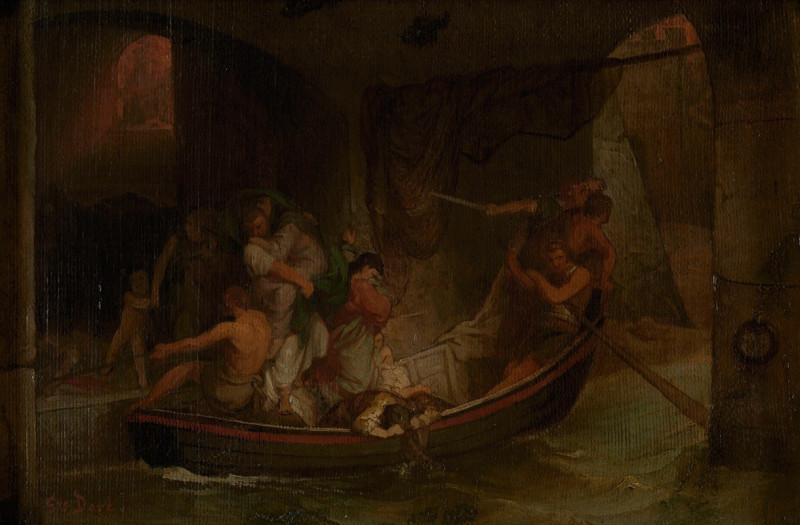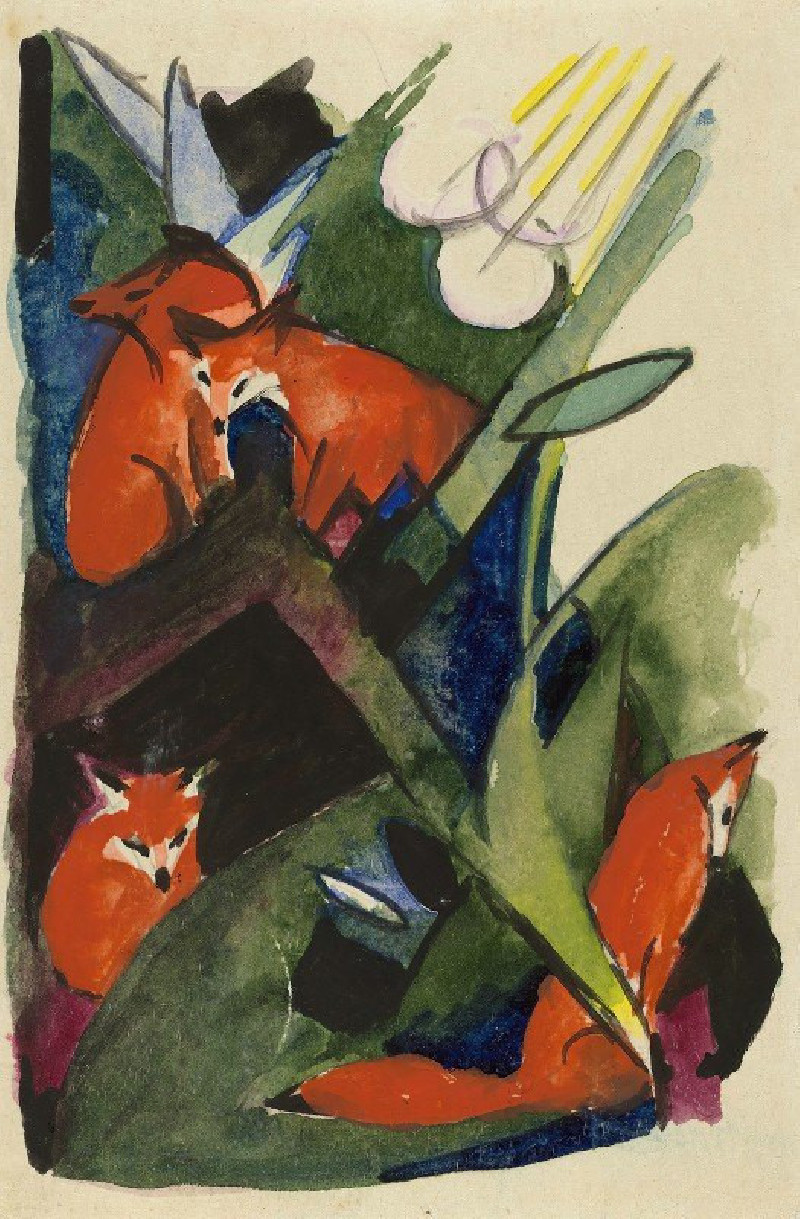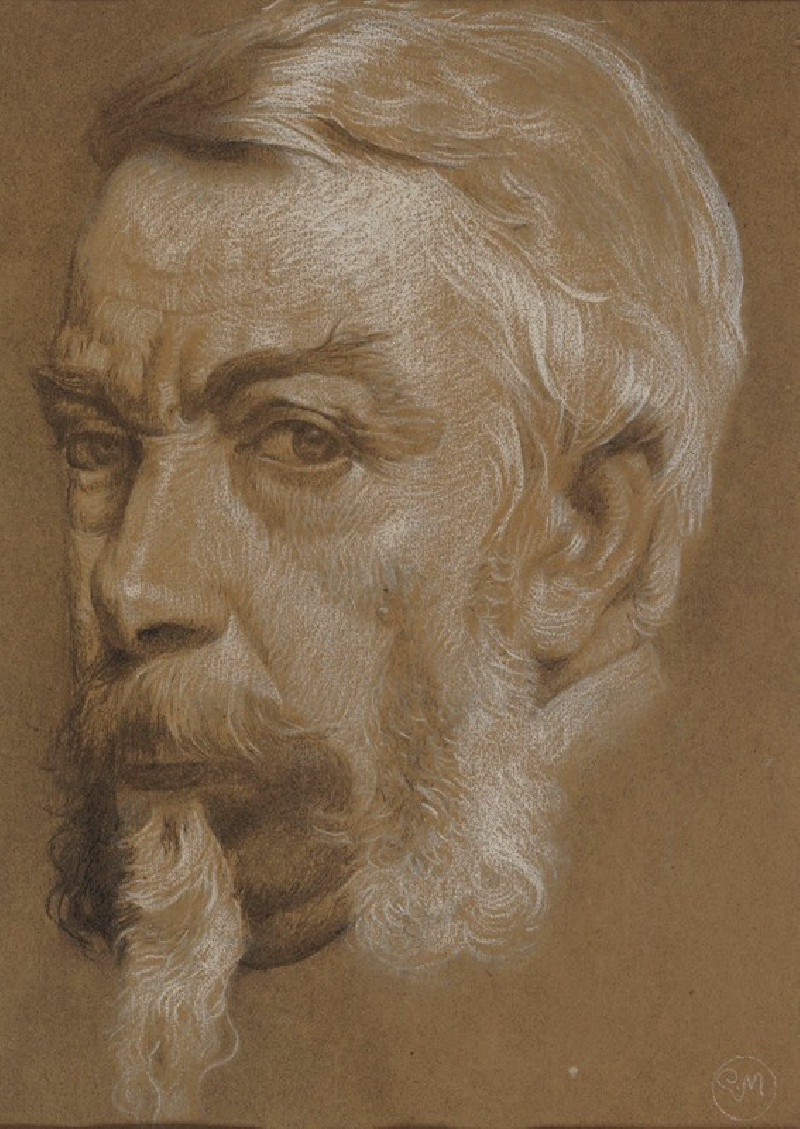Ecce Homo (1877)
Technique: Giclée quality print
Recommended by our customers
More about this artwork
Ecce Homo, a gripping work by Gustave Doré, vividly portrays the biblical moment when Jesus Christ is presented to the public prior to his crucifixion. The painting, created in 1877, reflects Doré's expert use of chiaroscuro — the dramatic interplay of light and shadow, which intensifies the emotional depth of this somber scene.In the painting, Jesus stands centrally at the top of a staircase, donned in a vivid red robe, indicative of both his royal significance and the blood he will shed. His face bears a serene, resigned expression, which starkly contrasts with the chaotic and emotionally charged crowd below. These figures, depicted in various states of agitation, represent a mix of soldiers, local citizens, and religious leaders, all rendered with meticulous detail that highlights their diverse reactions to the spectacle.The architectural setting enhances the gravity of the moment. Doré's choice of a dark, arched backdrop and the stone steps lend a somber, imposing atmosphere, focusing all attention on the figure of Christ. The artist’s mastery in creating a multi-layered narrative through expressions, gestures, and setting invites viewers to contemplate not just the historical and biblical significance of the scene, but also its enduring emotional and spiritual impact.This painting not only showcases Doré's skills as a master illustrator and painter but also serves as a profound visual meditation on one of the most pivotal moments in Christian narrative.
Delivery
Returns
Paul Gustave Louis Christophe Doré (6 January 1832 – 23 January 1883) was a French printmaker, illustrator, painter, comics artist, caricaturist, and sculptor. He is best known for his prolific output of wood-engravings illustrating classic literature, especially those for the Vulgate Bible and Dante's Divine Comedy. These achieved great international success, and he became renowned for printmaking, although his role was normally as the designer only; at the height of his career some 40 block-cutters were employed to cut his drawings onto the wooden printing blocks, usually also signing the image.














































